The police road blocks are the first indicators that you are entering a disaster zone.
Restricted access, mandatory evacuations and a simple police message: you have to leave and you can't come back.
This is Malibu – under siege from mother nature.
The stench of smoke and burning fractured gas mains hurts your head.
The Santa Ana wind, which has brought about this colossal fire storm, is burning hot.
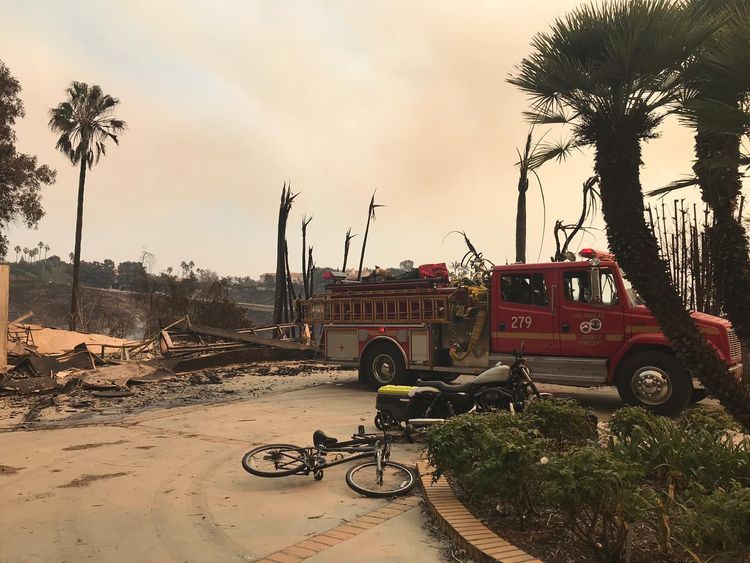
Enormous smoke clouds darken the sky and cast a yellow glow across one of the most beautiful and most expensive parts of the US.
Driving along the Pacific Coast Highway north from Los Angeles, with the blue sea still sparkling beneath the smoke drifting off-shore from the hills and mountains, it is hard to comprehend the amount of land, businesses, homes, schools and lives that have been destroyed.
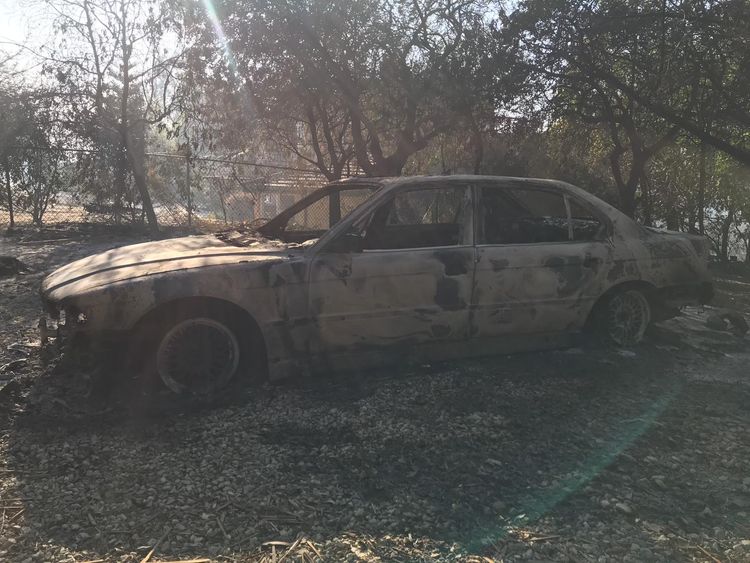
Three wildfires at the same time, the ever increasing numbers of dead and the sheer speed with which the flames engulfed huge areas makes this the worst fire storm since records began.
More that 8,000 firefighters are now deployed. They are working 24 hours a day, supported by planes and helicopters dropping water and fire retardant, to try and contain the hundreds of miles of fire.
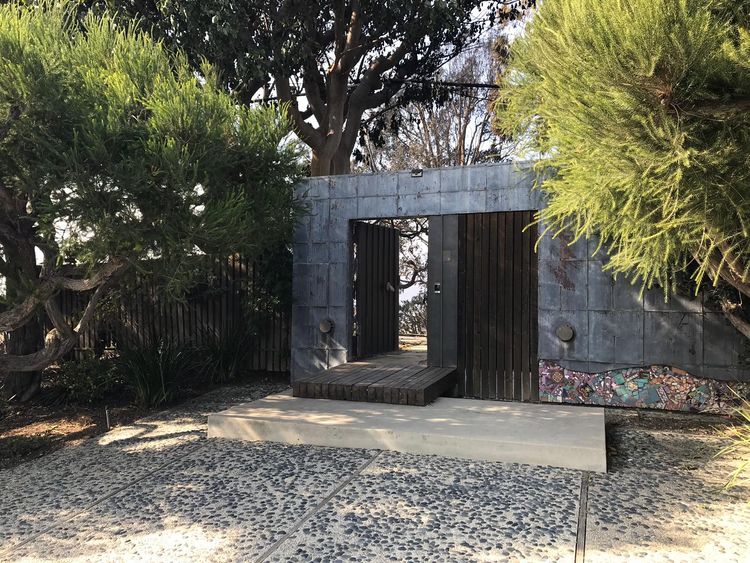
In a lull in the wind, the firefighters move from area to area trying to damp down smouldering land and buildings that threaten to reignite.
They move from home to home, business to business, farm to farm, searching for the signs of a new flare-up.
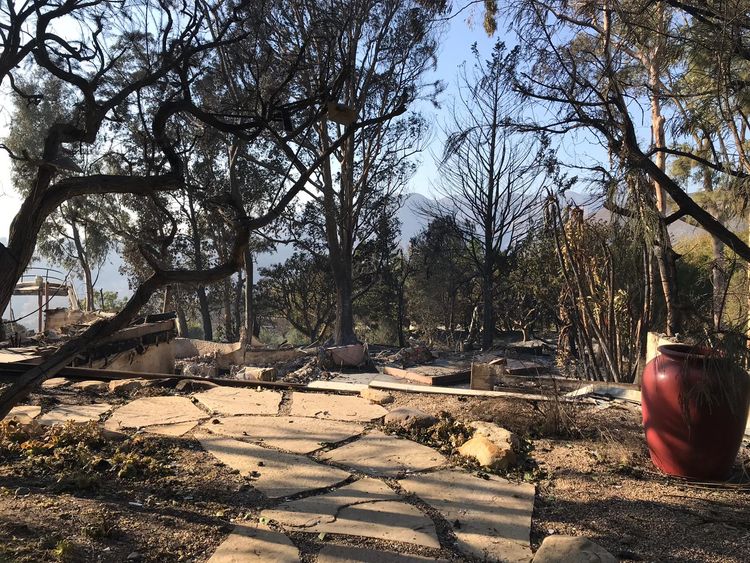
I spent the day with Engine Company 2-79. They were here from the very start and showed me pictures of the first night when huge flames and firenados left them speechless.
"I have never seen anything like this – wind speeds were incredible and the fire was impossible to stop," Captain Rodney Hayball told me, showing video of the first night.
"We lost power and then we lost water as the hydrants couldn't pump; it was like, OK, that's it then. It was then about saving people not firefighting."
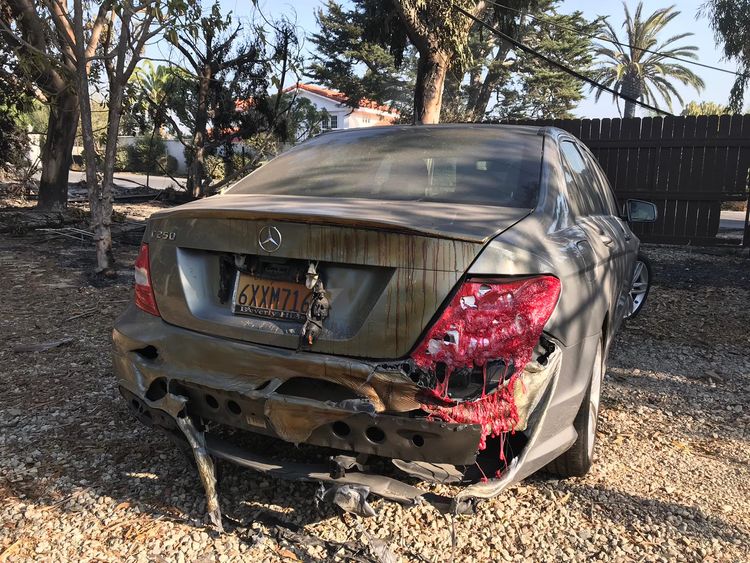
The mandatory evacuation order means that most – but by no means all – people have left.
In some of the most expensive residential areas in the world, we walked through destroyed houses, smoking gardens and debris-filled swimming pools, looking for fires.
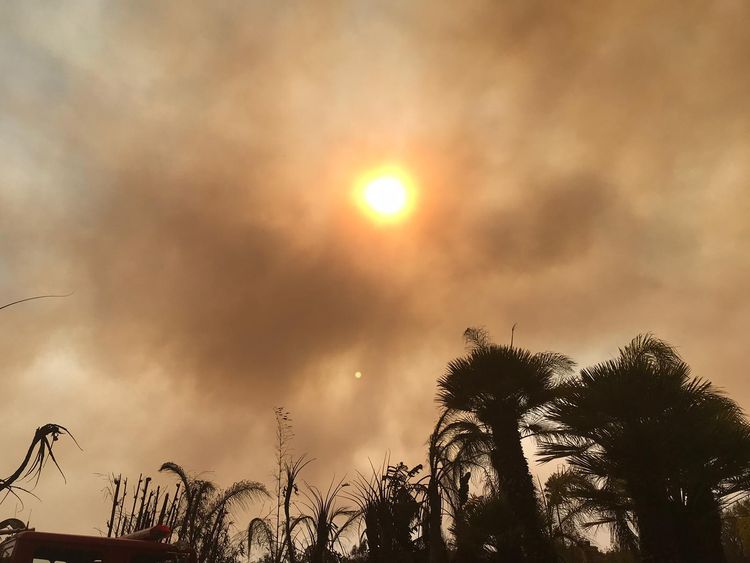
It was pretty scary. The fires can burst alive without warning. Gas mains are on fire and the crews can do nothing to cap them.
What is striking is the seemingly random nature of the destruction. Enormous mansions are completely untouched but the next door home has been utterly destroyed.
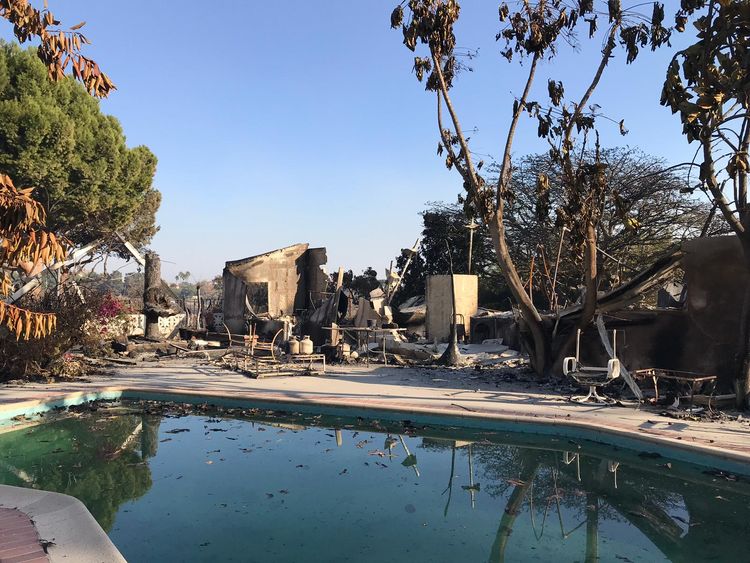
I met organic farmer Kerry Clasby on the beach. She was setting out a towel for a few minutes silence. Her home has been destroyed, but her farming business – which supplies celebrity chefs like Gordon Ramsay – will survive.
She took me to the farm, much of it is still smouldering, but her home has gone despite her best efforts to protect it with a water hose while standing on the roof.
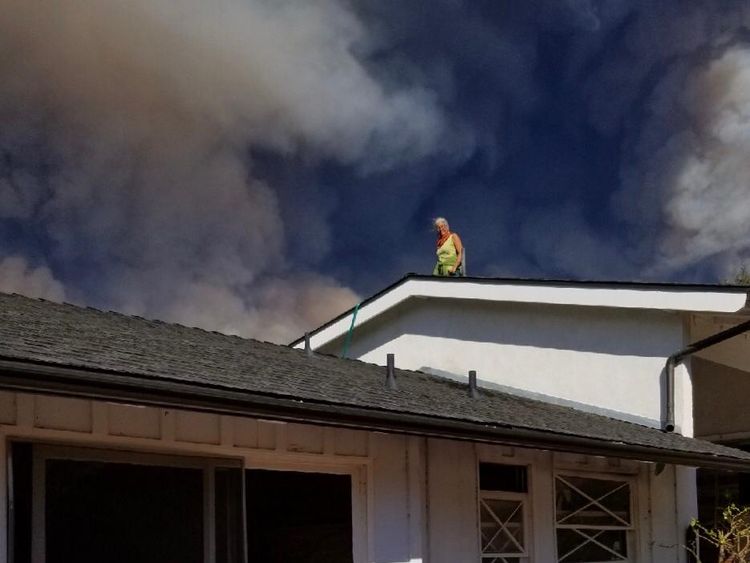
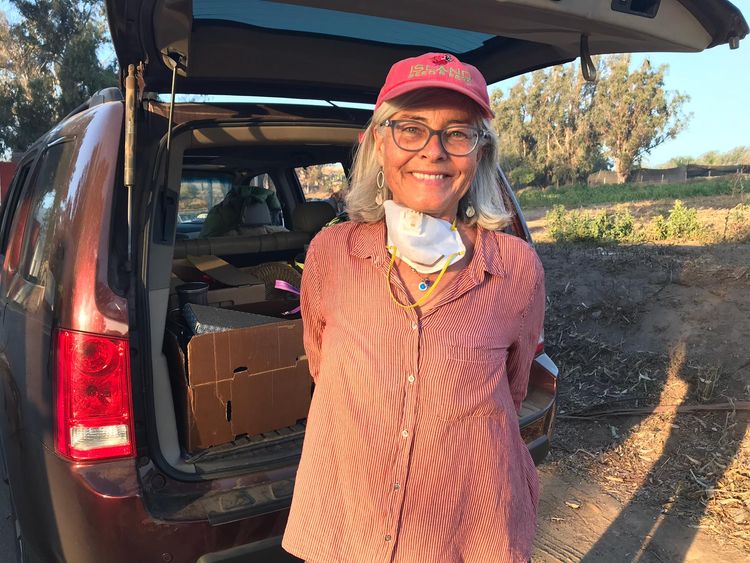
"I could have saved it but the water stopped," she said.
"I felt the wind change, I saw the fire shift and then I knew, it was over. But we are fine we will carry on."
The weather forecasts for the next few days are not good. The winds are due to return for the next few days.
More from California Wildfires
The fight to control the fires will continue, but there is only so much the fire crews can do in the face of mother nature at her most fierce.
[contf] [contfnew] 
Sky News
[contfnewc] [contfnewc]






